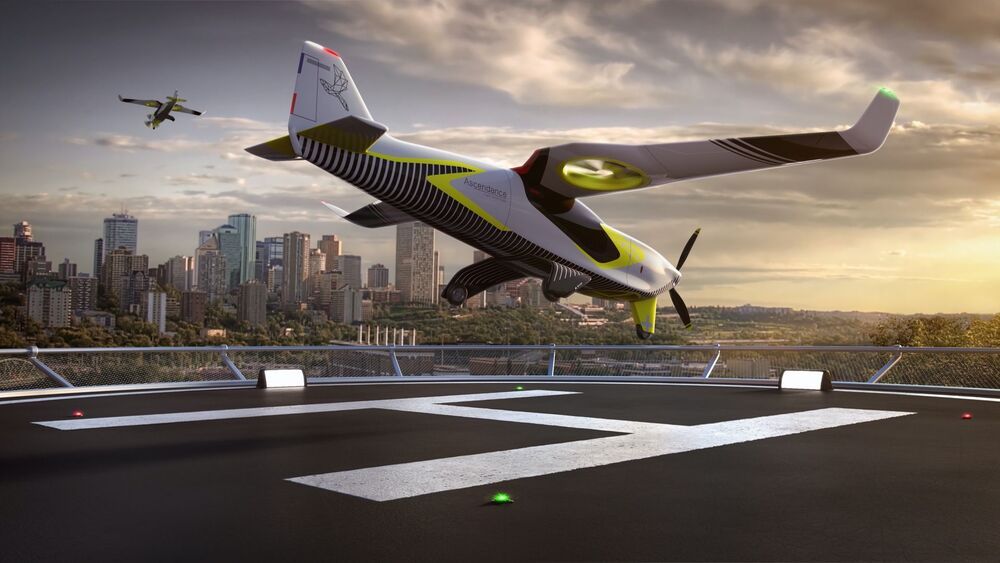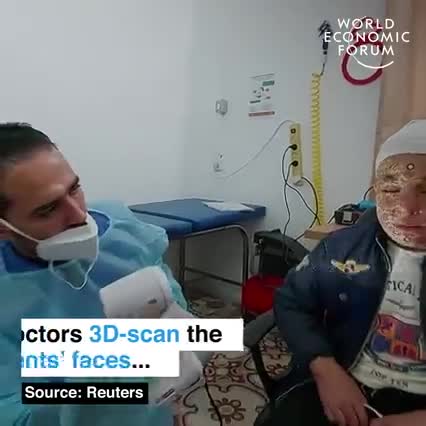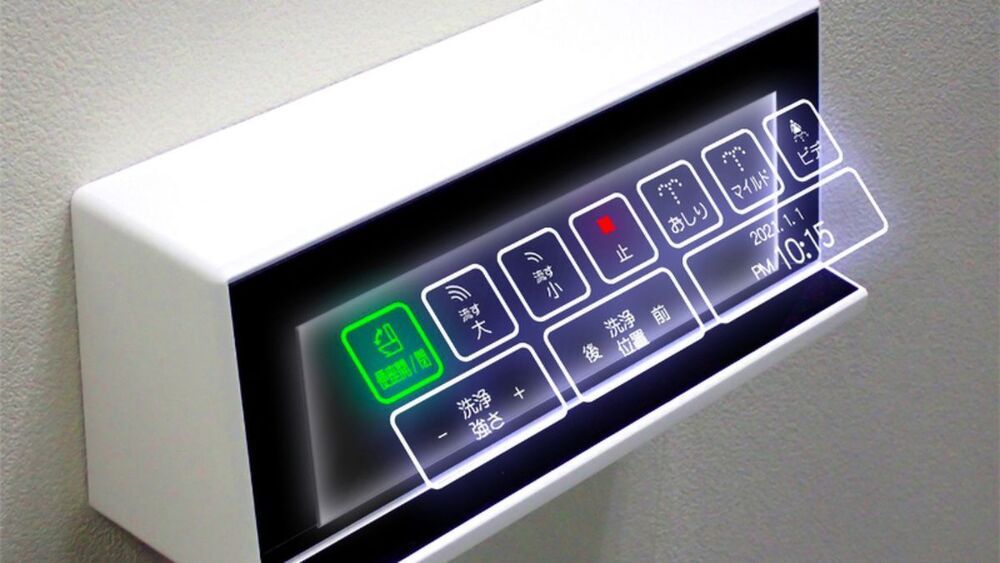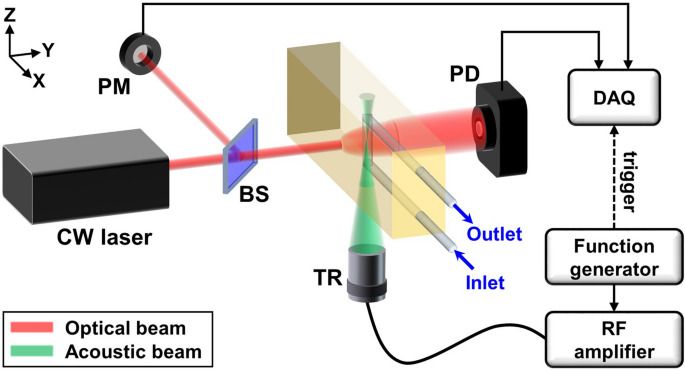The founder of a bootstrapped Seattle startup who launched his company on Kickstarter is looking to hitch a ride to space with a tech billionaire, and he’s using a video on Twitter to plead his case.
This new technology creates photorealistic talking clones that may eliminate the need for cameras.
Thanks to a new technology, it is possible to create photorealistic digital talking humans that may eliminate the need for cameras.
Right now, the entire electric VTOL scene is a house built on a foundation of faith. Faith that the hordes of researchers beavering away on next-gen battery technology will achieve an enormous energy density breakthrough, or faith that hydrogen fuel cell powertrains will prove safe, reliable and practical in an aviation context.
Both seem likely, eventually, but the urban air taxi industry is pushing to be up and running within five years, and right now there’s no powertrain on the market that can keep these energy-intensive vertical-lift birds in the air long enough to be practical in a commercial sense.
France’s Ascendance sees an opportunity for an intermediate step. The company was founded by four ex-Airbus employees who worked on the groundbreaking E-Fan project, which back in 2015 became the first electric aircraft to cross the English Channel. Now, the team is working on a hybrid initiative to make long-range, low-emissions VTOL flight a reality even before the battery and hydrogen guys make their breakthroughs.
Colonization of The Moon Has Begun!!!
Posted in space
Experts say research raises deeper philosophical and ethical questions, creates grey area where animals were ‘not alive, but not completely dead’.
Creating 3D printed masks for burn victims. These masks help prevent scarring and prepares the recipients for future surgery.
Preventing scarring, providing confidence.
😃
[img class=“aligncenter” src=“https://soranews24.com/wp-content/uploads/sites/3/2021/02/Japanese-toilet-new-technology-hologram-floating-screen-touch-coronavirus-pandemic-hygiene-Japan-Murakami-2-1.jpg?w=640″ alt=”” width=“640” height=“473” srcset=“https://soranews24.com/wp-content/uploads/sites/3/2021/02/Japanese-toilet-new-technology-hologram-floating-screen-touch-coronavirus-pandemic-hygiene-Japan-Murakami-2-1.jpg 680w, https://soranews24.com/wp-content/uploads/sites/3/2021/02/Japanese-toilet-new-technology-hologram-floating-screen-touch-coronavirus-pandemic-hygiene-Japan-Murakami-2-1.jpg?resize=150111 150w, https://soranews24.com/wp-content/uploads/sites/3/2021/02/Japanese-toilet-new-technology-hologram-floating-screen-touch-coronavirus-pandemic-hygiene-Japan-Murakami-2-1.jpg?resize=640473 640w, https://soranews24.
“The Murakami Corporation has partnered with Parity Innovations, a startup that developed a holographic display technology, the Parity Mirror, which breaks up a projected image using a series of tiny mirrors and then refocuses them into a reconstituted image that appears to float in mid-air. What the Murakami Corporation brings to the table is its infrared sensors, which are able to detect the presence of fingers without them having to make physical contact. The result is a series of glowing buttons that don’t actually exist but can still be activated by touching them.”
Japanese smart toilets already provide a luxe experience, but this high-tech upgrade will take them to the next level.
Circa 2020
Regular and frequent blood glucose monitoring is vital in managing diabetes treatment plans and preventing severe complications. Because current invasive techniques impede patient compliance and are not infection-free, many noninvasive methods have been proposed. Among them, optical methods have drawn much attention for their rich optical contrast, but their resolution is degraded in deep tissue. Here, we present an ultrasound-modulated optical sensing (UOS) technique to noninvasively monitor glucose that uses an infrared laser (1645 nm) and a single-element focused ultrasound transducer. Focused ultrasound waves can acoustically localize diffused photons in scattering media, and thus optical contrast can be represented with much enhanced spatial resolution.
Non-invasive, early detection of invasive cancers — dr. patrizia paterlini-brechot, founder, rarecells diagnostics, ISET technology.
Dr. Patrizia Paterlini-Bréchot is a tenured Professor of Cell and Molecular Biology and Oncology at Paris Descartes University and head of a research team at the French National Institute of Health and Medical Research (INSERM).
Dr. Paterlini-Bréchot studied medicine at the University of Modena and Reggio Emilia, where she specialized in hematology and oncology. In 1988 she turned her focus on research in cell and molecular biology and published over 80 research articles and reviews in national and international scientific journals.









